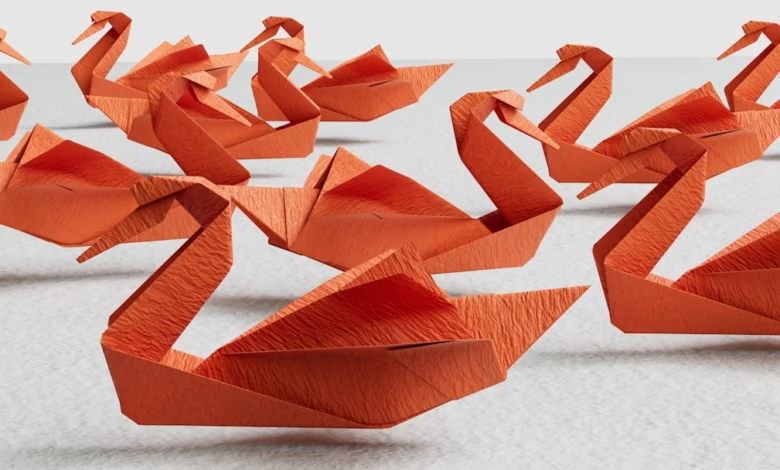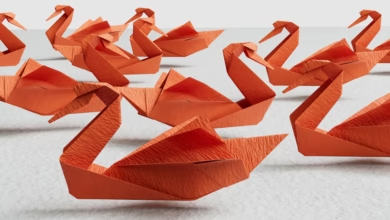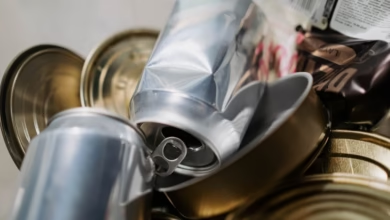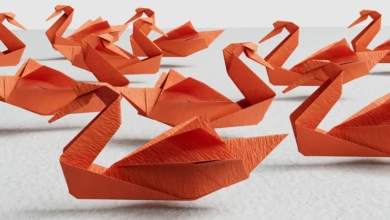Preventing Metal Corrosion: Strategies for Protecting Industrial and Precious Metals in a Sustainable Future

Metal corrosion is a pervasive challenge that affects a wide range of industries, from construction and automotive to aerospace and energy. As metal degradation can lead to significant financial losses and safety hazards, understanding the underlying causes and types of corrosion is crucial for effective management. This article delves into the complexities of metal corrosion, exploring the degradation processes that affect both ferrous and non-ferrous metals, including base metals like steel, aluminum, copper, and zinc. We will also discuss effective protection strategies, such as advanced coatings and treatments, that ensure the longevity of industrial metals while promoting sustainable metal production practices. Furthermore, we will examine the future of metal management, focusing on trends in metal recycling, the role of rare earth metals in enhancing corrosion resistance, and innovations in metallurgy that are shaping the landscape of metal fabrication and investment. Whether you're involved in gold investing, silver investing, or interested in the latest advancements in metal commodities, this article provides valuable insights into preventing and managing metal corrosion for a more sustainable future.
- 1. Understanding Metal Corrosion: Types and Causes of Degradation in Ferrous and Non-Ferrous Metals
- 2. Effective Protection Strategies: Coatings, Treatments, and Sustainable Approaches for Industrial Metals
- 3. The Future of Metal Management: Trends in Recycling, Fabrication, and the Role of Rare Earth Metals in Preventing Corrosion
1. Understanding Metal Corrosion: Types and Causes of Degradation in Ferrous and Non-Ferrous Metals
Metal corrosion is a natural process that affects both ferrous and non-ferrous metals, leading to significant degradation over time. Understanding the types and causes of corrosion is crucial in the fields of metallurgy and metal fabrication, particularly for industries reliant on construction metals, automotive metals, and aerospace metals.
Ferrous metals, primarily composed of iron, are particularly susceptible to rusting when exposed to moisture and oxygen. This form of corrosion, known as oxidation, occurs when iron reacts with water, forming iron oxide or rust. Common ferrous metals include steel and cast iron, which are widely used in construction and automotive applications. The presence of alloying elements, such as zinc in galvanized steel, can enhance corrosion resistance, making metal alloys a popular choice in various sectors.
On the other hand, non-ferrous metals, such as aluminum, copper, and precious metals like gold and platinum, exhibit different corrosion behaviors. For instance, aluminum forms a protective oxide layer that helps prevent further degradation, while copper can develop a green patina known as verdigris when exposed to the elements. However, even non-ferrous metals are not immune to corrosion, particularly in aggressive environments. Factors such as pH levels, temperature, and the presence of salts can accelerate the corrosion process.
In addition to environmental factors, the composition of metals plays a significant role in their susceptibility to degradation. Base metals, which include copper and zinc, are commonly used in metal recycling and sustainable metal production processes. Rare earth metals and battery metals, like lithium, are also gaining attention due to their importance in modern technologies and energy solutions.
Emerging trends in metal mining and metallurgy focus on developing corrosion-resistant materials, including refractory metals and advanced metal alloys. These innovations are essential for industries that require durable and reliable materials, particularly in sectors like energy, aerospace, and automotive manufacturing.
To mitigate metal corrosion, it is vital to implement effective management strategies. This includes regular inspections of metal structures and components, applying protective coatings, and utilizing corrosion inhibitors. By understanding the types and causes of corrosion, industries can make informed decisions that enhance the longevity and sustainability of their metal products. As the demand for metals continues to rise, particularly in gold and silver investing, it is crucial to prioritize corrosion prevention to ensure the integrity and performance of these valuable resources.
2. Effective Protection Strategies: Coatings, Treatments, and Sustainable Approaches for Industrial Metals
Effective protection strategies for metals against corrosion are essential in various industries, including construction, aerospace, and automotive sectors. Understanding the right approach not only prolongs the lifespan of industrial metals but also contributes to sustainable metal production practices.
Coatings are one of the most effective methods for preventing metal corrosion. These protective layers can be applied to ferrous and non-ferrous metals, such as steel and aluminum, to create a barrier against environmental factors. Common coating materials include epoxy, polyurethane, and zinc, which are particularly effective for base metals like copper and zinc. For precious metals like gold and platinum, specialized coatings can enhance durability without compromising aesthetic appeal, making them ideal for jewelry metals.
Another effective strategy is the use of corrosion-resistant treatments. Processes such as galvanization, where a layer of zinc is applied to steel, provide robust protection against rust and degradation. For rare earth metals and refractory metals, specialized treatments can enhance their resistance to high temperatures and corrosive environments, crucial in sectors like aerospace and energy metals.
Sustainable approaches in protecting metals also include the development of eco-friendly coatings and treatments. These innovations reduce harmful emissions and waste generated during the production process. Additionally, utilizing metal recycling practices helps in conserving resources and minimizing the environmental impact of metal mining.
Metal alloys, which combine different metals to enhance properties such as strength and corrosion resistance, play a vital role in protection strategies. For instance, aluminum alloys are commonly used in automotive metals for their lightweight and corrosion-resistant characteristics.
As industries continue to evolve, keeping pace with metal trends such as the adoption of 3D printing metals and advancements in metallurgy will be crucial. This will not only improve protective strategies but also promote sustainable practices in metal fabrication, ensuring that the integrity of metals remains uncompromised in the face of corrosion.
In conclusion, effective protection strategies involving coatings, treatments, and a focus on sustainability are paramount in managing and preventing metal corrosion. By adopting these techniques, industries can safeguard their investments in metal commodities while contributing to a greener future.
3. The Future of Metal Management: Trends in Recycling, Fabrication, and the Role of Rare Earth Metals in Preventing Corrosion
The future of metal management is rapidly evolving, driven by trends in recycling, fabrication, and the increasing significance of rare earth metals in preventing corrosion. As industries strive for sustainability, the focus on metal recycling has gained momentum. Metal recycling not only conserves resources but also reduces the environmental impact associated with metal mining. By recycling industrial metals such as aluminum, copper, and zinc, manufacturers can utilize these precious resources more efficiently, contributing to sustainable metal production practices.
Moreover, advancements in metallurgy have opened new avenues for the development of metal alloys that enhance resistance to corrosion. For instance, the integration of rare earth metals like lithium and palladium in metal alloys is proving to be a game-changer in various applications, including automotive and aerospace metals. These rare metals improve the structural integrity and lifespan of components, making them increasingly valuable in sectors that prioritize durability and performance.
In addition, the rise of 3D printing metals offers a unique opportunity to revolutionize metal fabrication. This innovative technology allows for the precise shaping of metal components, reducing waste while enabling the creation of complex designs that were previously impossible. As the construction and automotive industries embrace these advancements, the demand for high-performance metals that mitigate corrosion will continue to grow.
Furthermore, gold investing and silver investing remain prevalent trends within the metal commodities market, as investors increasingly recognize the value of precious metals in times of economic uncertainty. The focus on battery metals, such as lithium, is also intensifying, given the rising demand for energy storage solutions and electric vehicles.
As we move forward, the combination of sustainable practices, innovative fabrication methods, and the strategic use of rare earth metals will play a pivotal role in managing metal corrosion and ensuring the longevity of metal products across various industries. Embracing these trends will not only enhance the efficiency of metal management but also contribute to a more sustainable future in metallurgy and metal utilization.
In conclusion, understanding and managing metal corrosion is crucial for preserving the integrity of both ferrous and non-ferrous metals in various applications, from construction to aerospace. By implementing effective protection strategies such as advanced coatings and sustainable approaches, industries can significantly extend the lifespan of their industrial metals and reduce the costs associated with degradation. The future of metal management is increasingly leaning towards innovative metal recycling practices and the integration of rare earth metals, which play a pivotal role in enhancing the durability of metal alloys. As we navigate the evolving landscape of metallurgy, staying ahead of metal trends—whether it’s in gold investing, silver investing, or the burgeoning field of 3D printing metals—will be essential for stakeholders in the metal commodities market. Embracing sustainable metal production methods not only supports environmental stewardship but also ensures that precious metals and base metals remain viable for future generations. By prioritizing these strategies, industries can effectively combat metal corrosion and contribute to a more resilient and sustainable future in metal fabrication and beyond.





